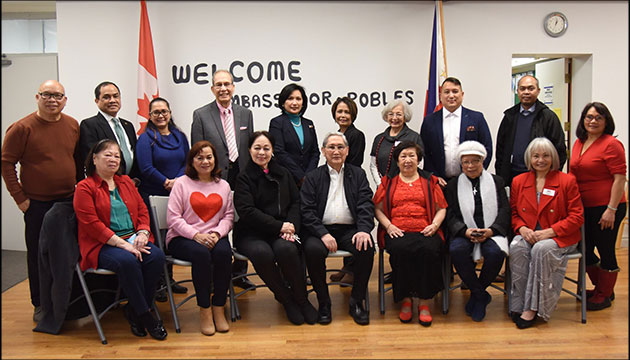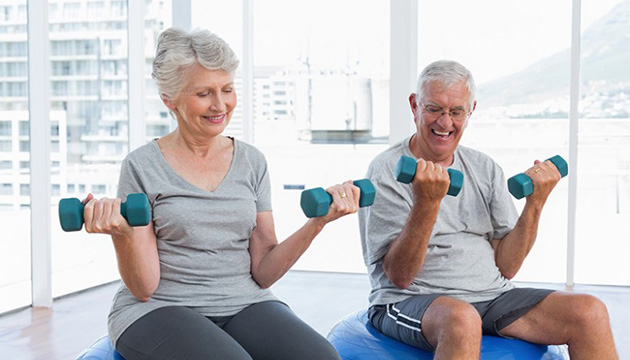In 1998, the University of British Columbia’s Institute of Asian Research published a book titled The Silent Debate: Asian Immigration and Racism in Canada (edited by Eleanor R. Laquian, Aprodicio A. Laquian and Terry McGee).
It was based on papers presented at an international conference that IAR organized on Asian migration, local racisms, and their implications for public policy in Canada. The conference brought together scholars and policy makers from around the Pacific Rim. It was organized by Eleanor Laquian, who was then primary researcher and coordinator of the IAR’s Asian Immigration Project.
Today, Asian immigrants have become targets of new forms of discrimination, insults and abuses from a segment of the white population. This is truly lamentable and alarming since Asian immigration has contributed to the many social and economic achievements of Canada. It has served to blur the polarizing effect of the two-founding-nations concept and the bilingual and bicultural policies of the past. Furthermore, it has helped to facilitate the advancement of Canada’s official bilingual policy by de-linking it from the old bicultural scheme.
Litany of Apologies
For the past 30 years, Canada has apologized to Asian immigrants for certain “dark chapters” in its history dealing with them.
1. On September 22, 1988, Prime Minister Brian Mulroney delivered a formal apology to Japanese Canadians for internment during the Second World War. In 1942, over 22,000 Japanese Canadians from British Columbia were evacuated and interned in the name of 'national security'. Their property was confiscated and sold to cover the costs of their internment.
2. On June 22, 2006, in the House of Commons for the first session of the 39th Parliament, Prime Minister Stephen Harper delivered an official apology to Chinese Canadians for Chinese Head Tax levied on Chinese immigrants to Canada between 1885 and 1923, and the Chinese Exclusion Act of 1923 to limit arrivals from the East Asian country.
3. While speaking at the 13th Annual Mela Gadri Babian Da in Surrey, B.C., on August 3, 2008, Prime Minister Harper also apologized for the Komagata Maru incident. South Asians roundly rejected the apology, saying it should have been done on the floor of the House of Commons.
4. Thus on May 18, 2016 – nearly102 years after the Komagata Maru sailed into Vancouver– Prime Minister Justin Trudeau offered a full apology in the House of Commons for the government of the day's decision to turn away the ship, which was carrying hundreds of South Asian immigrants, most of whom were Sikhs. The ship was ultimately forced to return to India and was met by British soldiers. Twenty passengers were killed and others jailed following an ensuing riot.
5. On November 7, 2018 Prime Minister Trudeau apologized in Parliament for Canada’s refusal to admit Jewish refugees fleeing Nazi Germany just months before the outbreak of World War II. The ocean liner MS St. Louis departed Germany on May 15, 1939, and crossed the Atlantic with 907 German Jews aboard, desperate for refuge from persecution, but were turned away by Canada.
Only in Canada: Charter of Rights Protection
Canada is unique among nations of the world in having in its Charter of Rights and Freedoms Section 27 which states: “The Charter shall be interpreted in a manner consistent with the preservation and enhancement of the multicultural heritage of Canadians.” Thus Section 27 acknowledges the fact that Canada today is composed not only of the stereotype white, blue-eyed Anglo Saxon blonds, but of people of different colors coming from many countries in the world each with their own ethnic backgrounds, cultures and religions.
Formal Apologies are not Antidotes to Racism
While formal apologies are reminders of past struggles suffered by Asian and other Canadian immigrants and Section 27 of the Charter is a firm reassurance of commitment to the ideals of multiculturalism, they have not been fully effective antidotes to racism. Today, Asian immigrants continue to be targets of new forms of discrimination because of their colour. The government sets them apart from its white population by referring to them as ‘visible minority’, which in itself is a racist term because it is based on color. Even when they comprise the majority in certain parts of Canada, Asian immigrants are still referred to as “visible minority” mainly because of their color. It’s about time that the Government of Canada retire this racist reference.
Visible minority (French: minorité visible) is defined by the Government of Canada as "persons, other than aboriginal peoples, who are non-Caucasian in race or non-white in colour."
Racism is defined as the exclusion of individuals or groups from full participation in society because of prejudice which is an unsubstantiated, negative pre-judgment of individuals or groups, usually because of ethnicity, religion or race.
Because of racism, Asian immigrants continue to be under-represented in the media, police departments, political office and the public service.
Although Filipino immigrants enjoyed an employment rate (88.5 per cent) higher than their Canada-born counterparts (84 per cent) and even higher than other immigrants (78.9 per cent) according to the 2017 Statistics Canada report, the majority of them are temporary foreign workers, including caregivers, on part time and low-paying jobs. They are in danger of becoming a permanent underclass in Canadian society. They are immediately employed because they would rather take whatever lowly job is available than go on welfare, which to a Filipino is a dishonour to the whole family.
Thirty years ago, racism among polite Canadians was a silent debate. They were reticent to discuss race and ethnicity in public for fear of being branded racists or bigots but racism was always in their consciousness. With increased Asian immigration came a rise in racism, too. And today what was a silent debate is no longer silent or subtle. Immigration and racism have become important issues for public discussion and debate because there is a need to openly discuss the relationship between immigration and racism and the costs and benefits of immigration.
A Call to Protect our New Multicultural Canadian Identity
Nearly half a century ago, Canada de-emphasized the concept of two-founding-nations and championed the policy of multiculturalism in a bilingual Canada. Since then it has made steady progress until about half a decade ago. Countries in Europe, Latin America, and North America, Canada included, began to see increasing anti-immigrant virulence, explicit and implied, coming from the lips of some politicians, including leaders of certain political parties such as the People’s Party. It is no doubt caused, to a significant degree, by mass migration and irregular border crossings as a result of poverty, civil wars and conflicts in developing parts of the world.
Thus the need for vigilance and timely response whenever anti-immigrant views and chants surface is self-evident. Indeed, it behooves all Canadians – particularly leaders at all levels of government–– to weigh in and speak up against racial discrimination when they witness it in any way or form to show Canada’s genuine sense of wisdom and compassion. Only then can we stem this rising tide of racism in Canada and sustain our enviable and new-found multicultural Canadian identity.
By Eleanor R. Laquian for
The CFNet Editorial Board
Contact us at:










